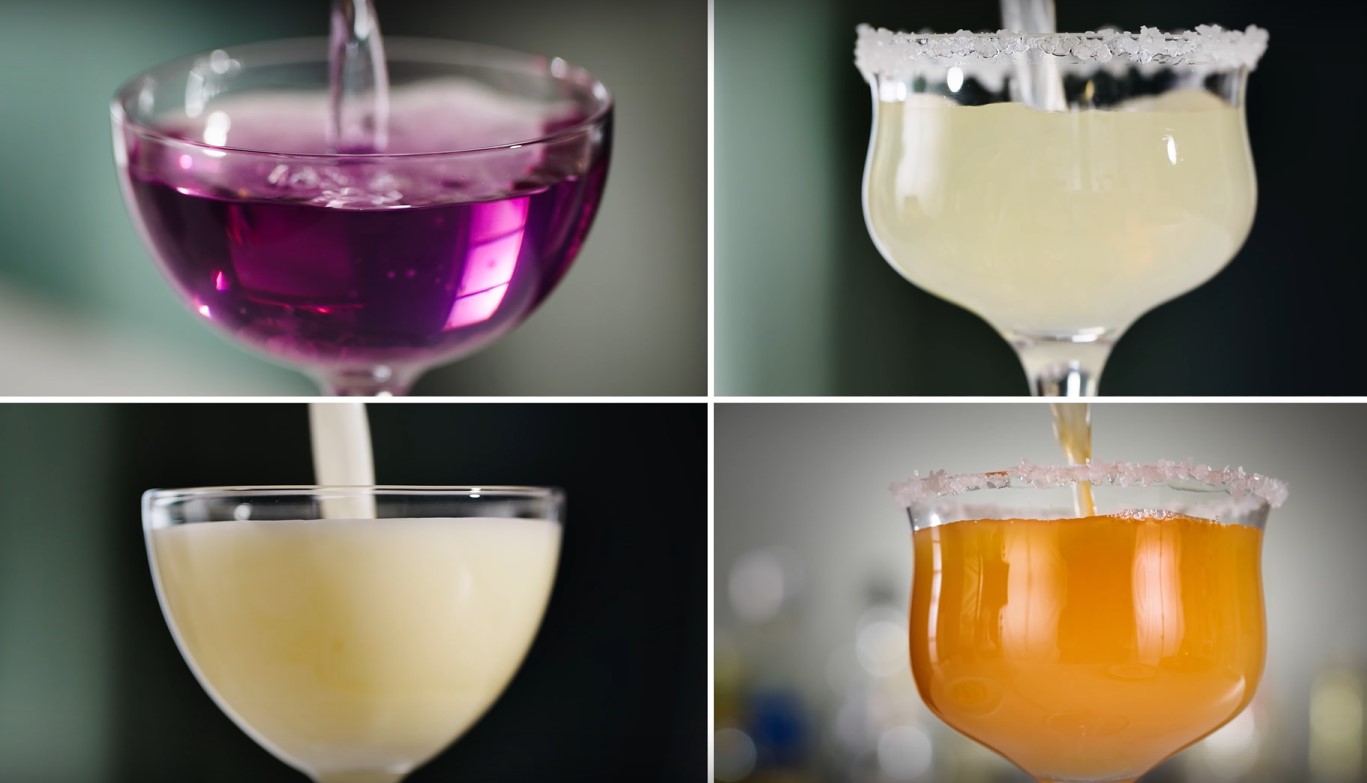

Tableware
What Is Glassware Used For
Modified: August 28, 2024
Discover the various uses of glassware, including tableware. From elegant dinner sets to functional beverage glasses, explore the versatility of glass in your dining experience.
(Many of the links in this article redirect to a specific reviewed product. Your purchase of these products through affiliate links helps to generate commission for Storables.com, at no extra cost. Learn more)
Introduction
Glassware is a versatile and essential component of our daily lives. From sipping a refreshing beverage to conducting scientific experiments, glassware serves a myriad of purposes across various industries and settings. Its transparent and durable nature, combined with its elegant and timeless appeal, has made glassware a go-to choice for countless applications.
In this article, we will explore the history of glassware, its various types, and its diverse uses in different fields. Whether you’re a science enthusiast, a culinary connoisseur, or simply someone who appreciates the beauty of glass, this article will shed light on the significance of glassware in our world.
Key Takeaways:
- Glassware is a versatile and essential component of daily life, with a rich history dating back to ancient Mesopotamia. Its diverse uses span from scientific experiments to culinary creations, showcasing its timeless appeal and functionality.
- From scientific research to home decor, glassware plays a vital role in various industries. Its non-reactive properties, versatility, and aesthetic appeal make it an indispensable part of our lives, bridging the gap between science and art.
Read more: What Is Crystal Glassware
History of Glassware
Glassmaking has been around for thousands of years, with evidence of early glass production dating back to ancient Mesopotamia around 3500 BCE. Initially, glass was primarily used for making small objects and decorative items. However, it wasn’t until the Roman Empire that glass began to be manufactured on a larger scale, leading to the development of various forms of glassware.
The technique of glassblowing, invented by the Romans in the 1st century BCE, revolutionized the production of glassware. This method allowed for the creation of intricate and delicate designs, expanding the possibilities of glassware manufacturing. The Romans used glass for practical purposes such as tableware, storage containers, and even architectural elements like windows.
During the Middle Ages, glassmaking techniques advanced further, particularly in Venice, where glassmakers honed their craft and created exquisite pieces of glassware. Venetian glassware, known for its vibrant colors and intricate patterns, became highly sought after across Europe.
In the 18th and 19th centuries, the Industrial Revolution brought significant advancements in glass production, making glassware more accessible and affordable to the masses. With the emergence of automated glassmaking techniques, such as machine pressing and glass molding, the production of glassware entered a new era.
Today, glassware continues to evolve and adapt to the changing needs and trends of society. Modern glassware incorporates innovative designs, materials, and technologies, all while preserving the timeless elegance and functionality that glass has always been known for.
Types of Glassware
Glassware comes in a wide variety of shapes, sizes, and styles, each designed for specific purposes. Let’s explore some of the most common types of glassware:
- Drinkware: This category includes glasses for various beverages, such as water, wine, beer, cocktails, and spirits. Examples of drinkware include wine glasses, champagne flutes, beer mugs, and highball glasses.
- Dining Essentials: Glassware for dining includes dinner plates, salad bowls, serving platters, and dessert dishes. These pieces are often made from durable tempered glass, suitable for everyday use.
- Barware: Barware comprises a collection of glassware used in cocktail preparation and serving. This includes martini glasses, shot glasses, cocktail shakers, and mixing glasses.
- Lab Glassware: In laboratory settings, glassware is used for conducting experiments and scientific research. Examples include beakers, test tubes, petri dishes, and graduated cylinders.
- Decorative Glassware: Glassware isn’t just functional; it also adds beauty to our homes. Decorative glassware includes vases, bowls, candle holders, and sculptures, serving as captivating focal points in interior design.
- Kitchen Glassware: Glass plays a crucial role in the kitchen. From baking dishes and casserole dishes to measuring cups and storage containers, glassware in the kitchen is versatile and practical.
- Medical Glassware: Glass is widely used in the medical field for its sterile and non-reactive properties. Medical glassware includes test tubes, syringes, vials, and droppers, used in diagnostics, medical research, and pharmaceutical applications.
- Artistic Glassware: Glass artists create stunning pieces of art using various glassblowing techniques. Vases, sculptures, stained glass windows, and intricate glass ornaments are just a few examples of artistic glassware.
These are just a few examples of the many types of glassware available. Each type serves a specific purpose, showcasing the versatility and adaptability of glass as a material.
Glassware in Science and Laboratories
Glassware plays a crucial role in scientific research, laboratories, and other scientific applications. Its unique properties make it an ideal material for conducting experiments, storing samples, and measuring volumes accurately. Let’s explore the various types of glassware used in science and laboratories:
- Beakers: Beakers are cylindrical glass containers with a flat bottom and a spout. They are used for holding and mixing liquids, as well as conducting reactions on a small scale. Beakers are available in various sizes to accommodate different volumes of liquids.
- Test Tubes: Test tubes are narrow, cylindrical glass tubes with rounded bottoms. They are used for holding and heating small quantities of liquids, as well as for performing chemical reactions and observations. Test tubes are an essential tool in biology, chemistry, and medical laboratories.
- Erlenmeyer Flasks: Erlenmeyer flasks are conical-shaped glass containers with a narrow neck and a flat bottom. They are commonly used for mixing, heating, and storing liquids. The conical shape allows for easy swirling and mixing without the risk of splashing or spilling.
- Petri Dishes: Petri dishes are shallow glass or plastic containers used for culturing microorganisms, such as bacteria and fungi. They provide a sterile environment for the growth and observation of cultures. Petri dishes are commonly used in microbiology and medical laboratories.
- Graduated Cylinders: Graduated cylinders are tall, narrow glass containers with calibrated markings on the side. They are used for measuring precise volumes of liquids. The markings allow for accurate measurements, making them essential in chemistry and biology experiments.
- Pipettes: Pipettes are slender glass tubes used for transferring small volumes of liquids. They are available in various sizes, including micropipettes for extremely precise measurements. Pipettes are widely used in medical and molecular biology laboratories.
In addition to these common glassware items, there are many other specialized glassware pieces used in scientific research, such as burettes, condensers, separatory funnels, and chromatography columns. These glassware pieces enable scientists to perform experiments, analyze samples, and make accurate measurements with precision and reliability.
Glassware in Cooking and Baking
Glassware plays a fundamental role in the culinary world, offering a range of versatile tools for cooking, baking, and food preparation. The transparency, heat resistance, and non-reactive nature of glass make it an excellent choice for various kitchen applications. Here are some common types of glassware used in cooking and baking:
- Baking Dishes: Glass baking dishes are a staple in any kitchen. They are ideal for baking casseroles, lasagnas, brownies, and other dishes. Glass baking dishes distribute heat evenly, ensuring thorough and consistent cooking.
- Measuring Cups: Glass measuring cups are essential for precise ingredient measurements in cooking and baking. They come in various sizes, allowing you to accurately measure both liquids and dry ingredients.
- Mixing Bowls: Glass mixing bowls are versatile and durable. They are perfect for mixing ingredients, whipping cream, or tossing salads. The transparency of glass allows you to monitor the consistency and progress of your culinary creations.
- Ovenproof Dishes: Glass ovenproof dishes, such as glass roasting pans and glass pie plates, can withstand high temperatures in the oven. They are perfect for roasting meats, baking pies, and creating delicious homemade desserts.
- Food Storage Containers: Glass food storage containers are popular for their durability, non-porous surface, and ability to withstand temperature changes. They are perfect for storing leftovers, prepping ingredients in advance, or packing lunches.
Glassware in the kitchen offers many benefits. Glass is non-reactive, meaning it won’t absorb odors, flavors, or chemicals from the food, ensuring the integrity and purity of your culinary creations. Additionally, glass is microwave-safe, allowing for easy reheating and defrosting of food.
When using glassware in the kitchen, it’s important to follow proper handling and safety guidelines. Avoid thermal shock by allowing glassware to cool before subjecting it to extreme temperature changes, and always use oven mitts or pot holders when handling hot glass items.
With its versatility, durability, and aesthetic appeal, glassware continues to be a beloved choice for chefs, bakers, and home cooks alike. From baking delicious meals to storing leftovers, glassware remains an essential component in every kitchen.
Glassware is commonly used for serving and consuming beverages, such as water, juice, wine, and cocktails. It is also used for serving food, like desserts and appetizers. Glassware can enhance the presentation and enjoyment of a meal or drink.
Read more: Why Use Acetone To Clean Glassware
Glassware in the Bar and Beverage Industry
Glassware plays a crucial role in the bar and beverage industry, not only for serving drinks but also for enhancing the overall drinking experience. The choice of glassware can greatly impact the taste, aroma, and presentation of a beverage. Here are some common types of glassware used in bars and the beverage industry:
- Wine Glasses: Wine glasses come in various shapes and sizes to enhance the aroma and taste of different types of wines. The long stem allows for easy swirling, while the bowl shape allows the wine to breathe and develop its flavors.
- Cocktail Glasses: Cocktail glasses, such as martini glasses, coupe glasses, and highball glasses, are designed to showcase the unique characteristics of different cocktails. These glasses often have elegant shapes and delicate stems, adding a touch of sophistication to the drinking experience.
- Beer Glasses: Beer glasses come in various styles to complement different beer types. From pilsner glasses and pint glasses to tulip glasses and beer mugs, each glass is designed to enhance the aroma, maintain the carbonation, and showcase the color of the beer.
- Whiskey Glasses: Whiskey glasses are designed to fully appreciate the complex flavors and aromas of this beloved spirit. Old-fashioned glasses, whiskey tumblers, and Glencairn glasses are commonly used for serving whiskey neat or on the rocks.
- Shot Glasses: Shot glasses are small-sized glasses used for serving spirits and liqueurs in a single shot. They come in various shapes and designs, adding a touch of fun to the drinking experience.
- Goblets and Chalices: Goblets and chalices are larger, decorative glasses often used for serving specialty beers, such as Belgian ales. These glasses enhance the presentation of the beverage and allow for a more indulgent drinking experience.
The choice of glassware in the bar and beverage industry goes beyond aesthetics. Different glass shapes and sizes can affect the aroma, carbonation, and temperature of the beverage, providing an enhanced drinking experience for the customer.
Furthermore, glassware can also be branded and customized with logos, patterns, or etchings, adding a unique touch to the overall bar experience and helping to create a memorable brand identity.
Ultimately, glassware in the bar and beverage industry serves not only as a vessel for serving drinks but also as an important element in elevating the drinking experience, creating a visual feast for the eyes that enhances the enjoyment of the beverage within.
Glassware in Home Decor
Glassware is not just limited to practical use; it also serves as a beautiful and versatile element in home decor. Glassware pieces can add a touch of elegance, sophistication, and visual interest to any room. Let’s explore the various ways glassware is used in home decor:
- Vases: Glass vases are a classic choice for displaying fresh flowers or decorative arrangements. Their transparent nature allows the beauty of the flowers or foliage to take center stage, making them a timeless and versatile home decor accessory.
- Bowls and Centerpieces: Glass bowls and decorative centerpieces can be used to showcase decorative items, such as floating candles, potpourri, marbles, or seashells. They add a touch of visual interest and create a focal point in any room.
- Candle Holders: Glass candle holders bring a warm and cozy ambiance to any space. The glow of candles reflects off the glass, creating an inviting and tranquil atmosphere. Glass candle holders come in various shapes, sizes, and designs, allowing you to find the perfect match for your home decor style.
- Glass Sculptures: Glass sculptures are exquisite art pieces that can serve as stunning focal points in your home. From intricate blown glass sculptures to contemporary glass installations, these pieces add a touch of beauty and sophistication to any room.
- Decorative Figurines: Glass figurines and paperweights can be used as decorative accents on shelves, mantels, or display cabinets. These delicate and intricately crafted pieces bring a touch of charm and personality to your home decor.
- Mirrors: Glass mirrors not only serve a functional purpose but also create an illusion of space and add depth to a room. From full-length mirrors to decorative wall mirrors, they can enhance the aesthetics of any space and reflect natural light, brightening up the room.
One of the greatest advantages of glassware in home decor is its ability to blend seamlessly with any interior style. Whether your home decor leans towards modern and minimalist or vintage and eclectic, glassware can complement and enhance the overall aesthetic.
Glassware in home decor allows you to showcase your personal style and creativity. Consider experimenting with different shapes, colors, and textures to create a visually captivating and unique atmosphere in your living space.
With its timeless beauty, versatility, and ability to catch and reflect light, glassware brings an element of sophistication and elegance to any room, making it an essential component of home decor.
Glassware in Medical and Pharmaceutical Applications
Glassware plays a vital role in medical and pharmaceutical applications, providing a reliable and versatile medium for various laboratory procedures, research, and storage. The unique properties of glass make it an ideal material for these critical applications. Let’s explore the ways in which glassware is used in the medical and pharmaceutical industries:
- Test Tubes and Vials: Glass test tubes and vials are widely used in medical and pharmaceutical laboratories. These containers provide a sterile environment for the collection, storage, and transport of biological samples, chemicals, and medications.
- Syringes and Needles: Glass syringes are used for precise measurement and administration of medications, vaccines, and other injectable substances. Glass needles are also employed in delicate procedures such as microinjections and intravenous procedures.
- Laboratory Glassware: Various types of glassware, including beakers, pipettes, burettes, and petri dishes, are essential in medical and pharmaceutical laboratories. These tools are used for accurate measurement, mixing, culturing, and analysis of substances.
- Diagnostic Tools: Glass slides and coverslips are used in microscopy for examining cells and tissues in medical diagnoses. They allow for easy observation under a microscope and play a crucial role in pathology and medical research.
- Drug Packaging: Glass containers, such as ampoules and vials, are used for packaging and storing medications. The non-reactive nature of glass ensures the integrity and stability of drugs, protecting them from moisture, air, and light.
Glassware in the medical and pharmaceutical industries offers distinct advantages. Glass is a non-reactive and inert material, preventing contamination or interaction between substances and the container. It is also impermeable to gases and moisture, ensuring the potency and effectiveness of medications and samples.
Furthermore, glass is transparent, allowing for easy visual inspection of substances and measurements. It is highly durable and can withstand a wide range of temperatures and pressures, making it suitable for various sterilization methods such as autoclaving.
The use of glassware in medical and pharmaceutical applications is governed by strict quality standards and regulatory requirements. This ensures the accuracy, reliability, and safety of the equipment and materials used in these critical industries.
Glassware continues to play a vital role in advancing medical research, diagnostics, and pharmaceutical development, contributing to the improvement of healthcare and the well-being of individuals worldwide.
Glassware in Art and Sculpture
Glass has captivated artists for centuries, offering a unique and versatile medium for stunning works of art and sculpture. Glassware in the realm of art pushes the boundaries of creativity and craftsmanship, showcasing the remarkable skill and ingenuity of artists. Let’s delve into the fascinating world of glassware in art and sculpture:
- Blown Glass: One of the most iconic forms of glass art is blown glass. Using a blowpipe and various tools to manipulate molten glass, skilled artisans shape and transform the material into intricate and elaborate forms. Blown glass sculptures can range from delicate, intricate pieces to large-scale installations.
- Stained Glass: Stained glass is a breathtaking art form that combines glass, color, and light. Artists create intricate designs by cutting and arranging colored glass pieces, then joining them with lead or copper foil. Stained glass windows, decorative panels, and lamps are just a few examples of this mesmerizing art form.
- Glass Sculptures: Glass sculptures encompass a wide range of styles, techniques, and subjects. From abstract and contemporary designs to figurative and representational forms, glass sculptures possess a unique beauty and luminosity that distinguishes them from other media. Artists use various methods like casting, fusing, and slumping to achieve their desired shapes and textures.
- Glass Jewelry: Glass jewelry showcases the exquisite craftsmanship and creativity of glass artists on a smaller scale. Beads, pendants, and intricate glasswork incorporated into necklaces, bracelets, and earrings add a touch of elegance and uniqueness to wearable works of art.
- Kiln-formed Glass: Kiln-formed glass is created by heating layers of glass in a kiln until they fuse together. This technique allows for the creation of art pieces with textures, patterns, and complex layering. Artists use this method to produce wall art, sculptures, and functional pieces like platters, bowls, and vases.
Glassware in art and sculpture offers a wide range of possibilities, allowing artists to play with color, texture, transparency, and light. The shimmering and reflective nature of glass adds depth and dimension to artworks, creating a captivating visual experience for the viewer.
The process of creating glass art requires exceptional skill, precision, and knowledge of glass properties. Artists often undergo years of training and practice to master the techniques necessary to mold and shape this delicate material into works of breathtaking beauty.
Glassware in art and sculpture has gained recognition in the art world, with dedicated galleries and exhibitions showcasing the talent and innovation of glass artists around the globe. These works of art not only engage and inspire viewers but also demonstrate the boundless possibilities that glass offers as a medium of artistic expression.
Read more: What Is The Definition Of Class A Glassware
Conclusion
Glassware is a remarkable medium that has left a profound impact on various aspects of human life. From its ancient roots in Mesopotamia to the modern advancements in glass production, glassware has evolved and adapted to meet the ever-changing needs of society.
In this article, we explored the rich history of glassware, its diverse applications in different fields, and its contribution to various industries.
Whether it’s the use of glassware in scientific experiments, its role in the culinary world, its presence in bars and beverage establishments, or its ability to enhance home decor, glassware has proven its versatility, functionality, and beauty
Moreover, glassware’s impact extends to the medical and pharmaceutical industries, where its non-reactive nature and versatility in various laboratory procedures have revolutionized research and healthcare.
Lastly, the artistic possibilities of glassware have captivated countless artists, resulting in breathtaking sculptures, jewelry, and art pieces that leave us in awe of their craftsmanship and creativity.
In conclusion, glassware is more than just everyday objects. It represents a marriage between science and art, functionality and aesthetics. Its transparency, durability, and timeless appeal make it an indispensable part of our lives.
Whether we’re sipping a refreshing drink from a perfectly shaped glass, admiring a stunning glass sculpture, or utilizing glassware in scientific experiments, we can appreciate and celebrate the beauty and utility that glassware brings to our world.
So, the next time you raise a glass or encounter a stunning glass artwork, take a moment to acknowledge the centuries of craftsmanship, innovation, and creativity that have shaped the world of glassware and continue to inspire us today.
Frequently Asked Questions about What Is Glassware Used For
Was this page helpful?
At Storables.com, we guarantee accurate and reliable information. Our content, validated by Expert Board Contributors, is crafted following stringent Editorial Policies. We're committed to providing you with well-researched, expert-backed insights for all your informational needs.
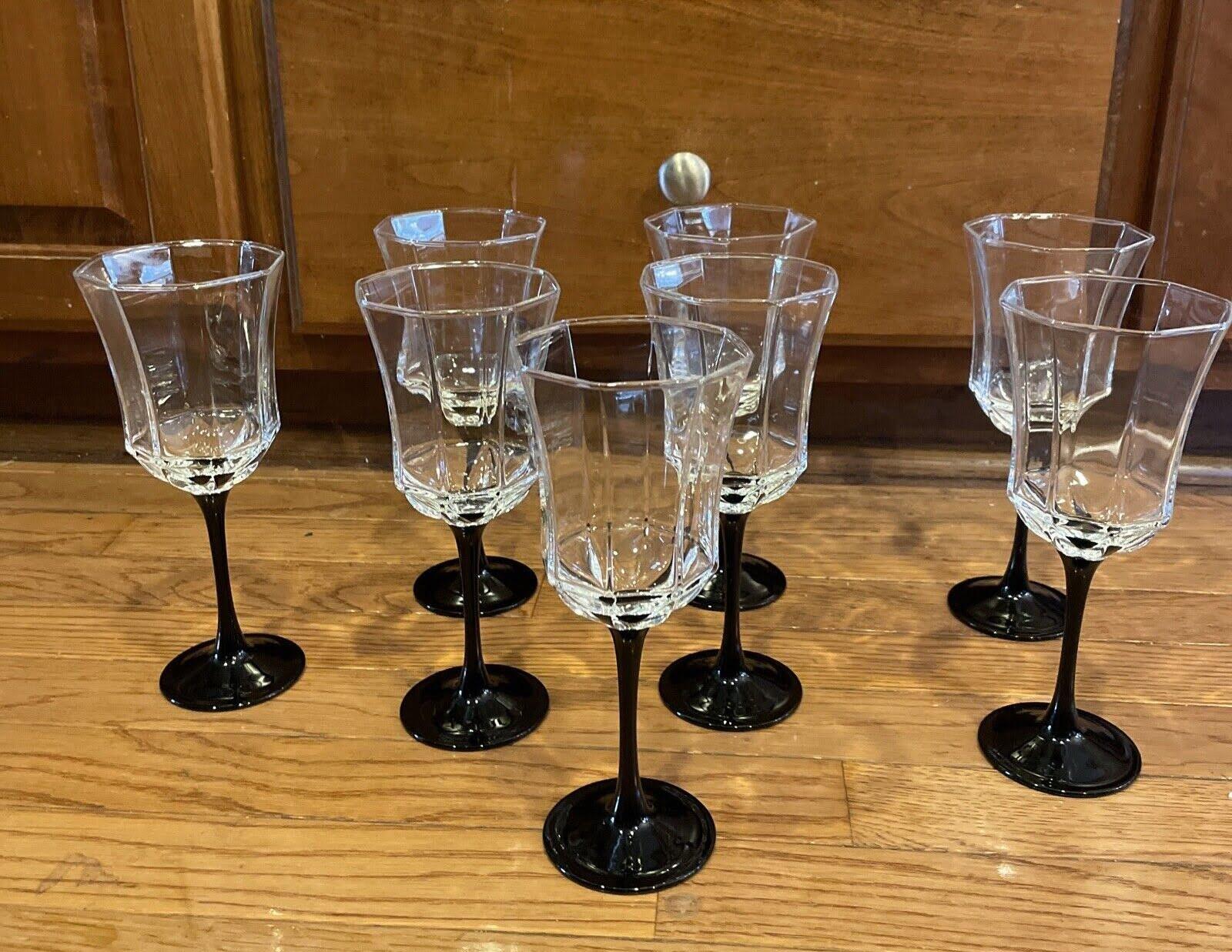
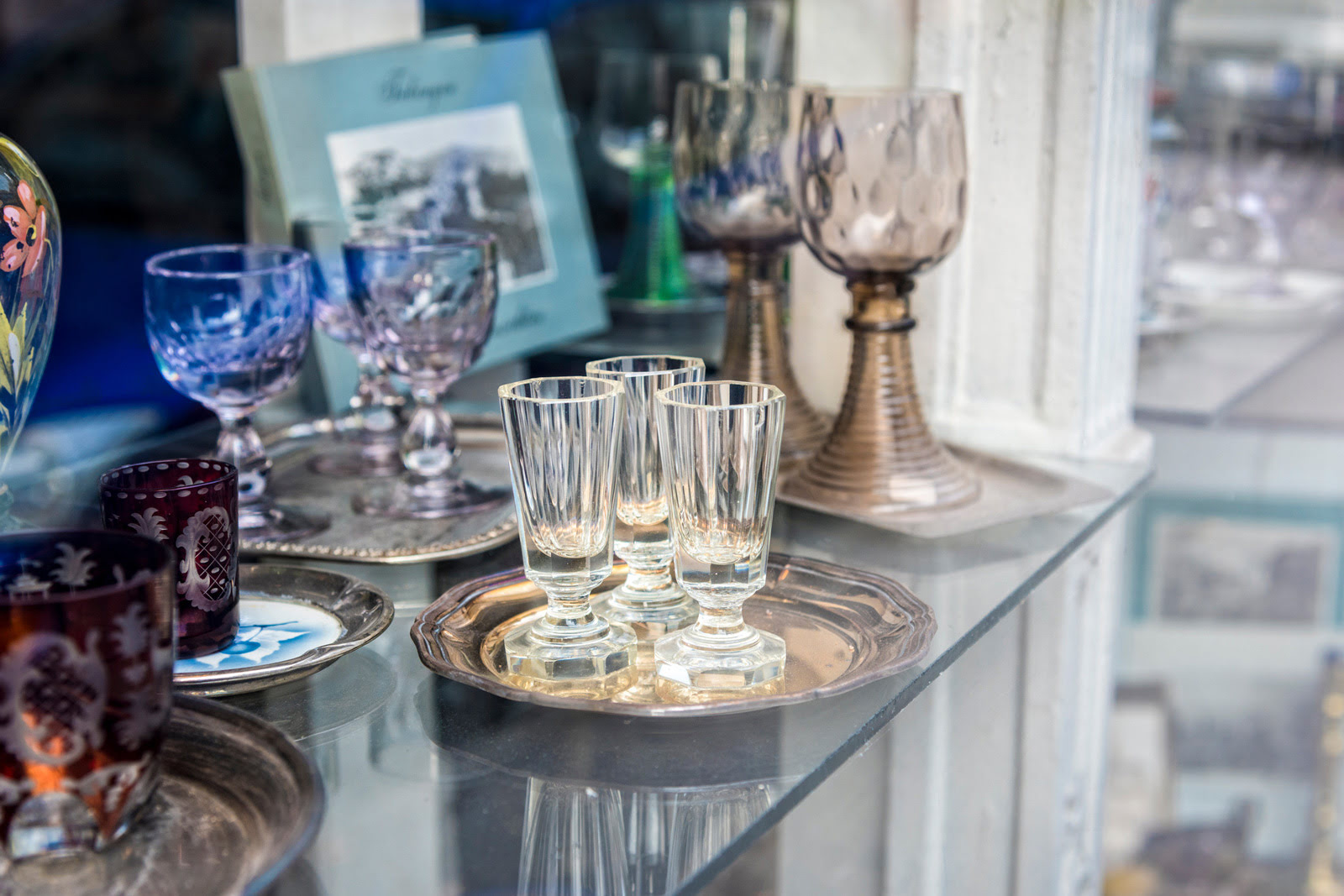
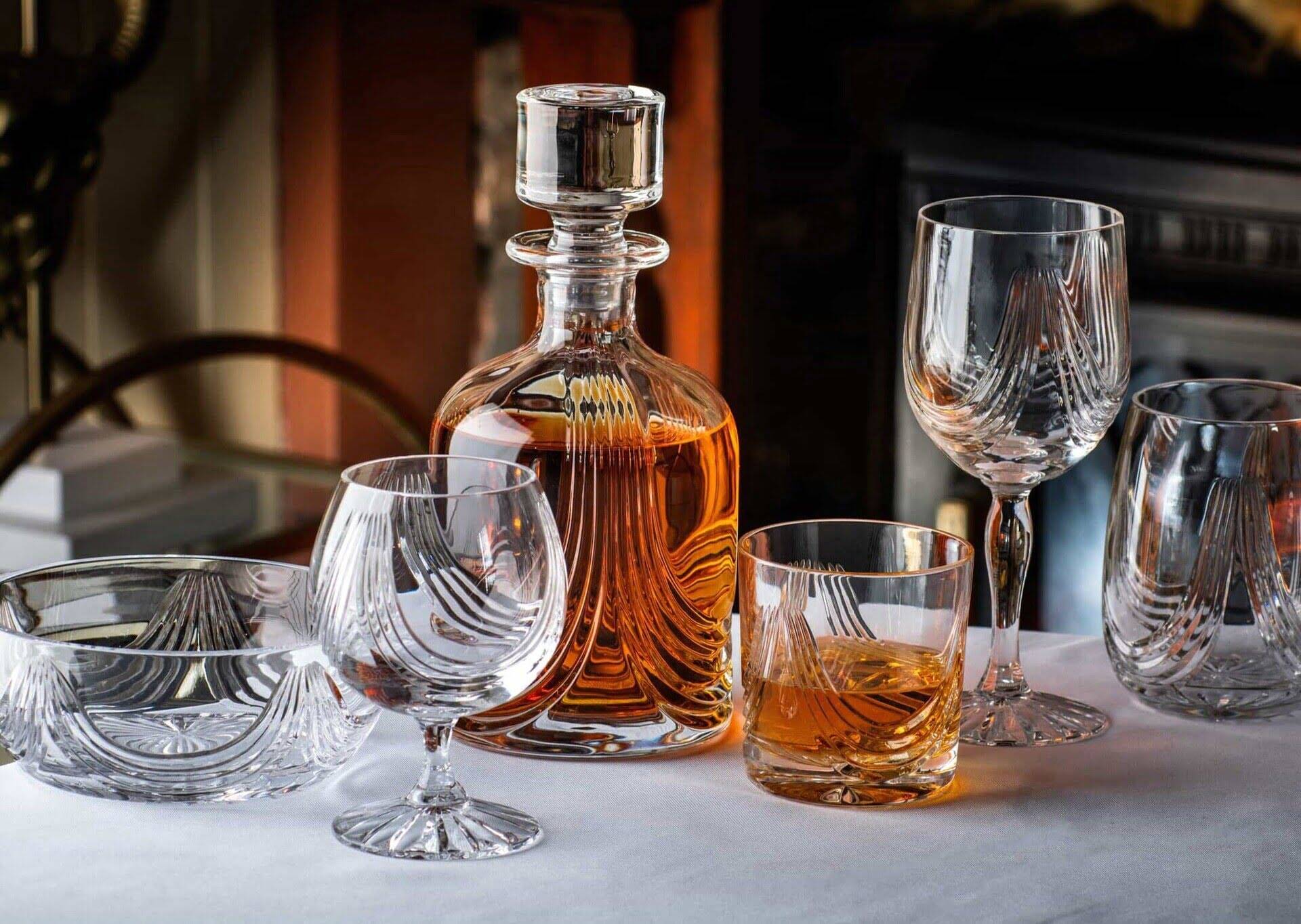
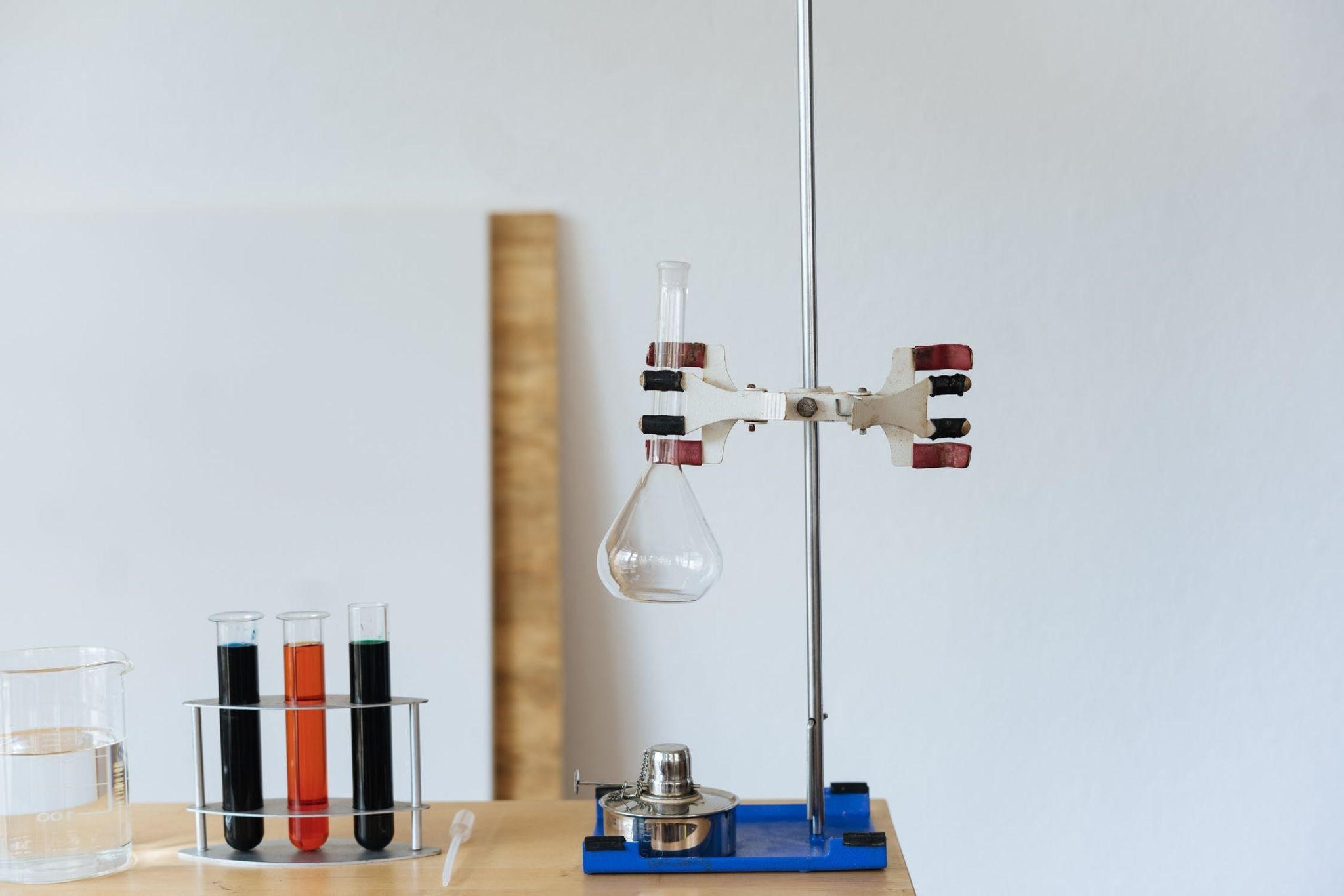
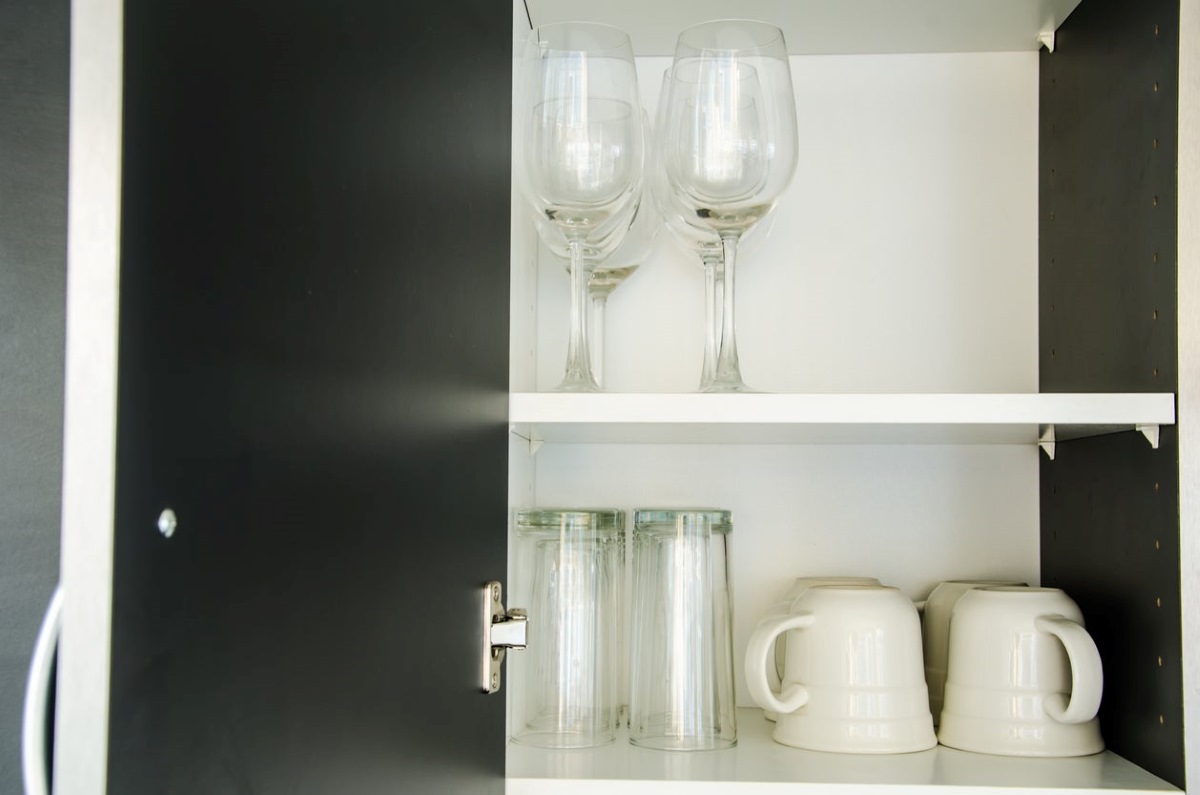

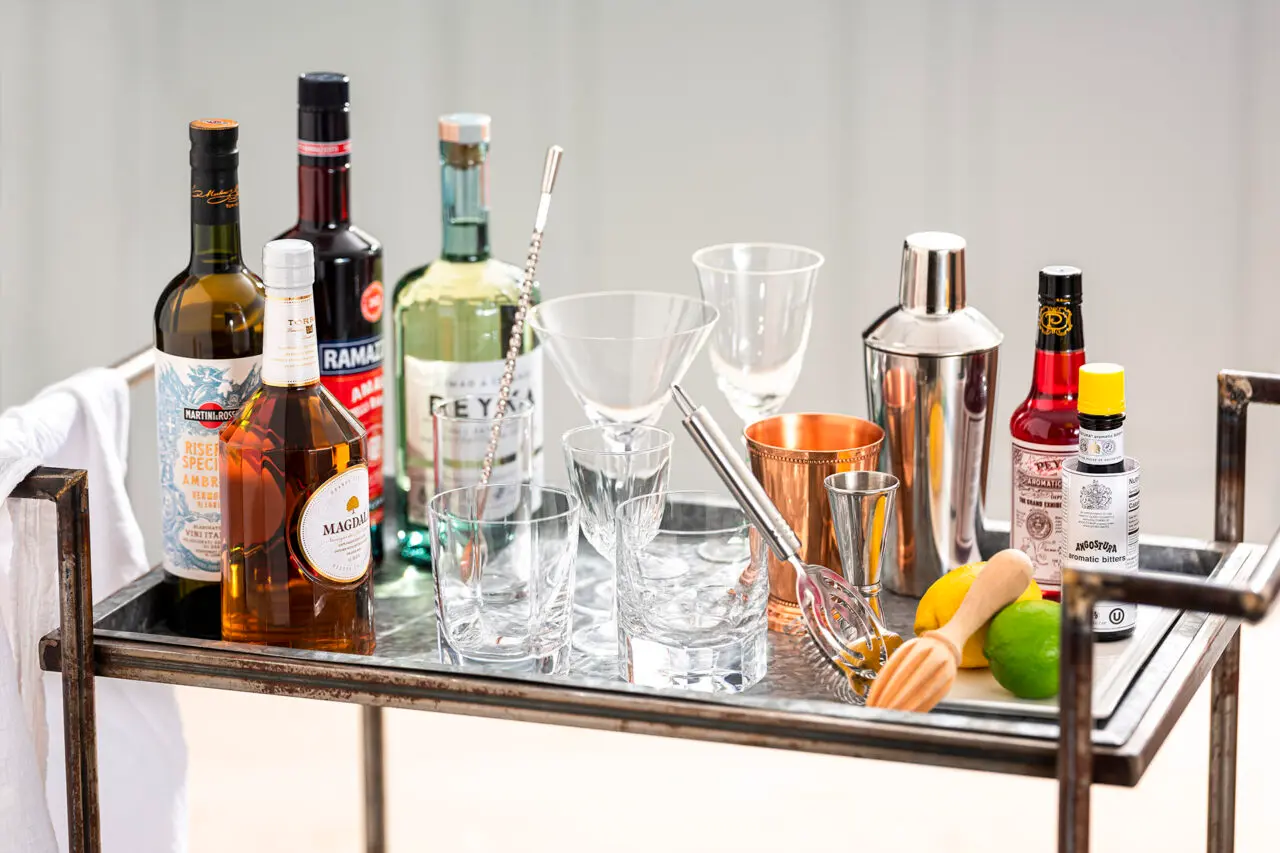
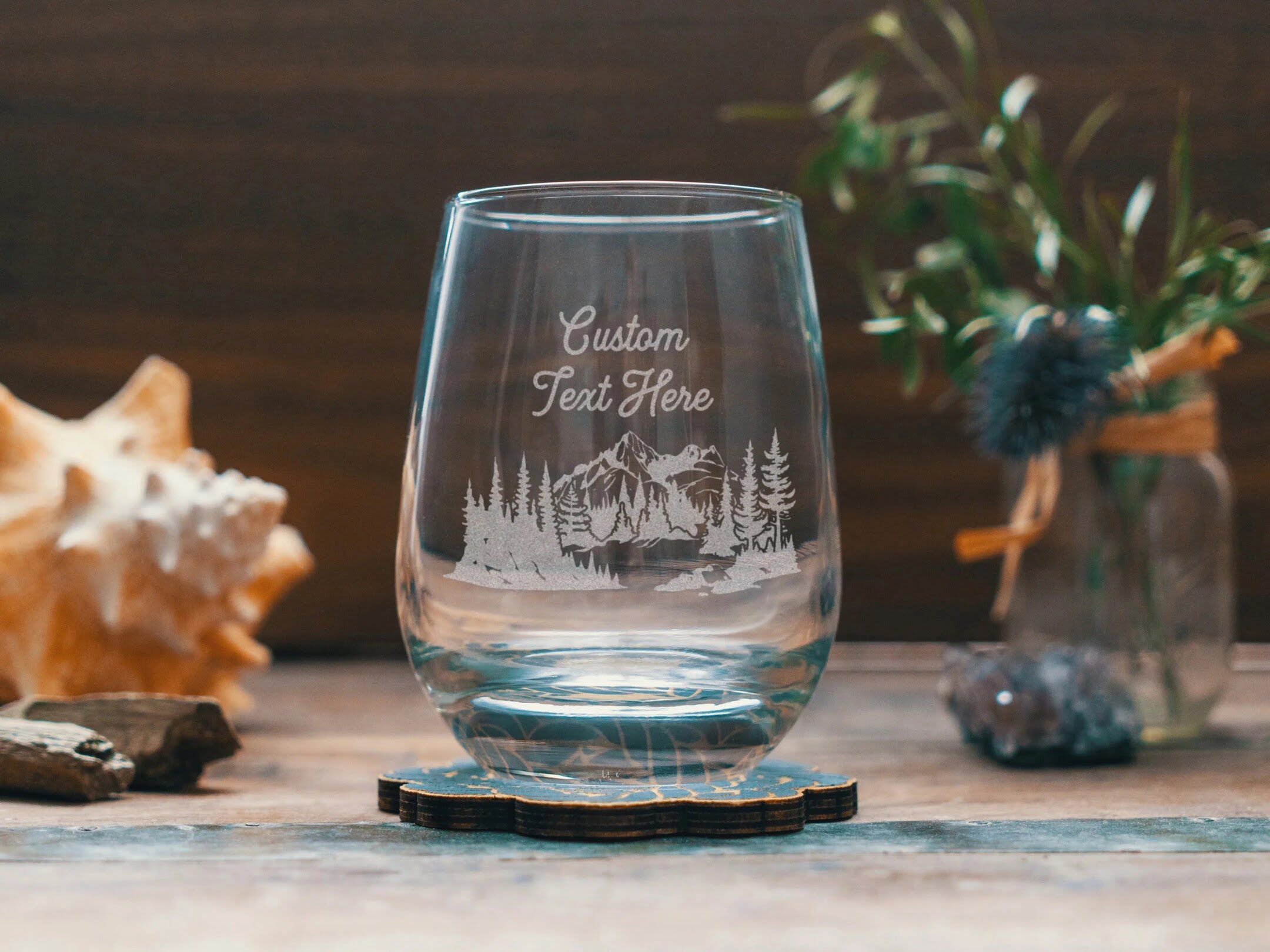

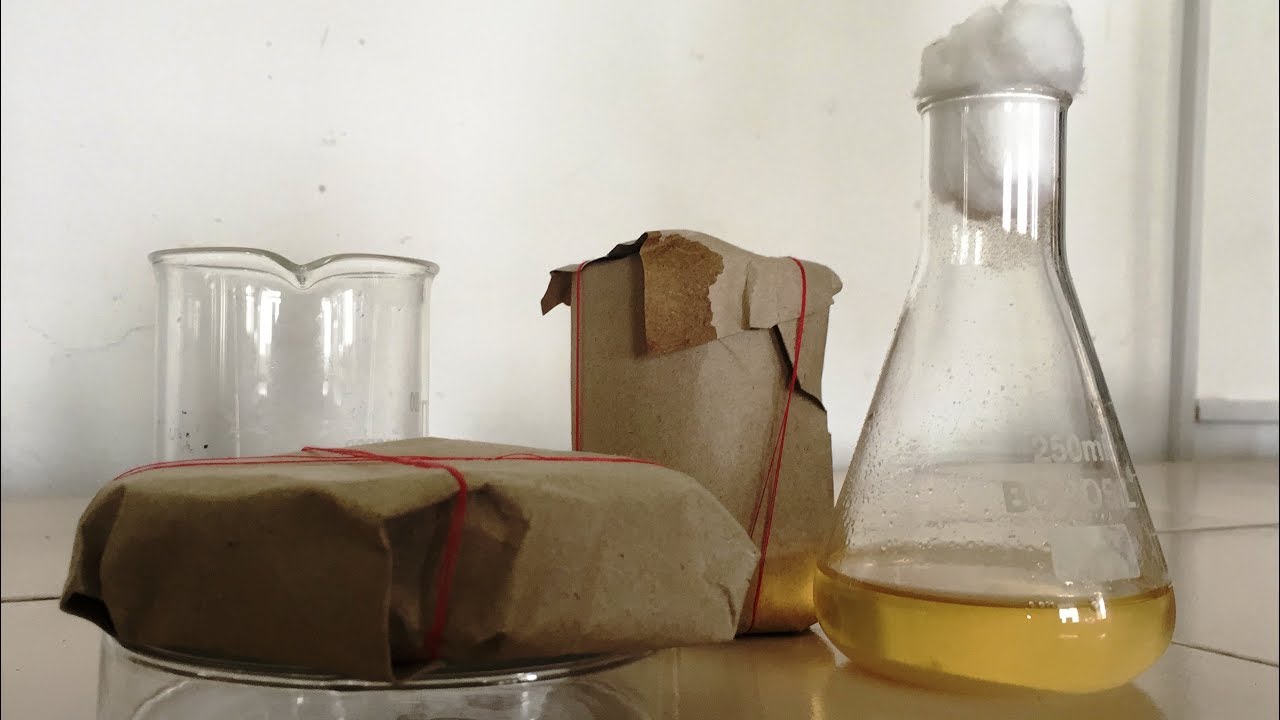
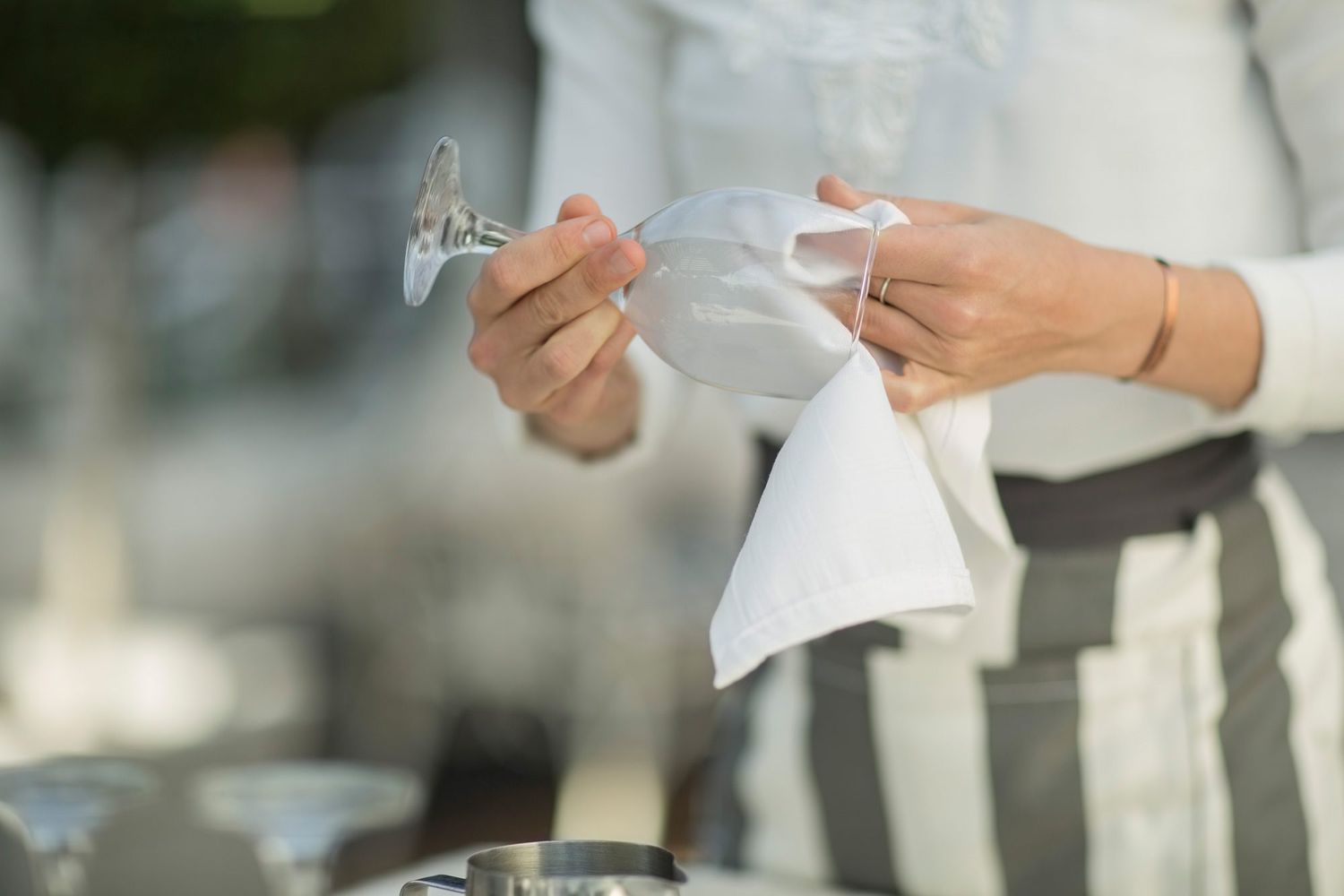
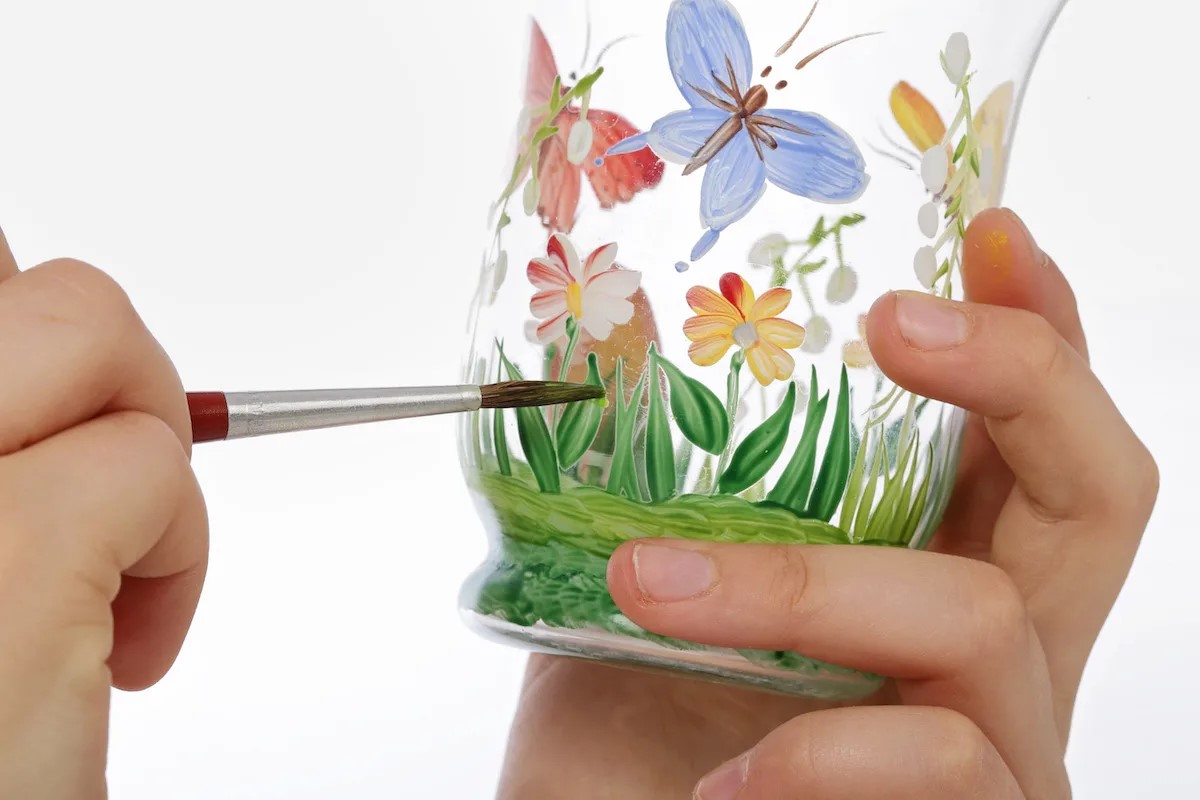


0 thoughts on “What Is Glassware Used For”